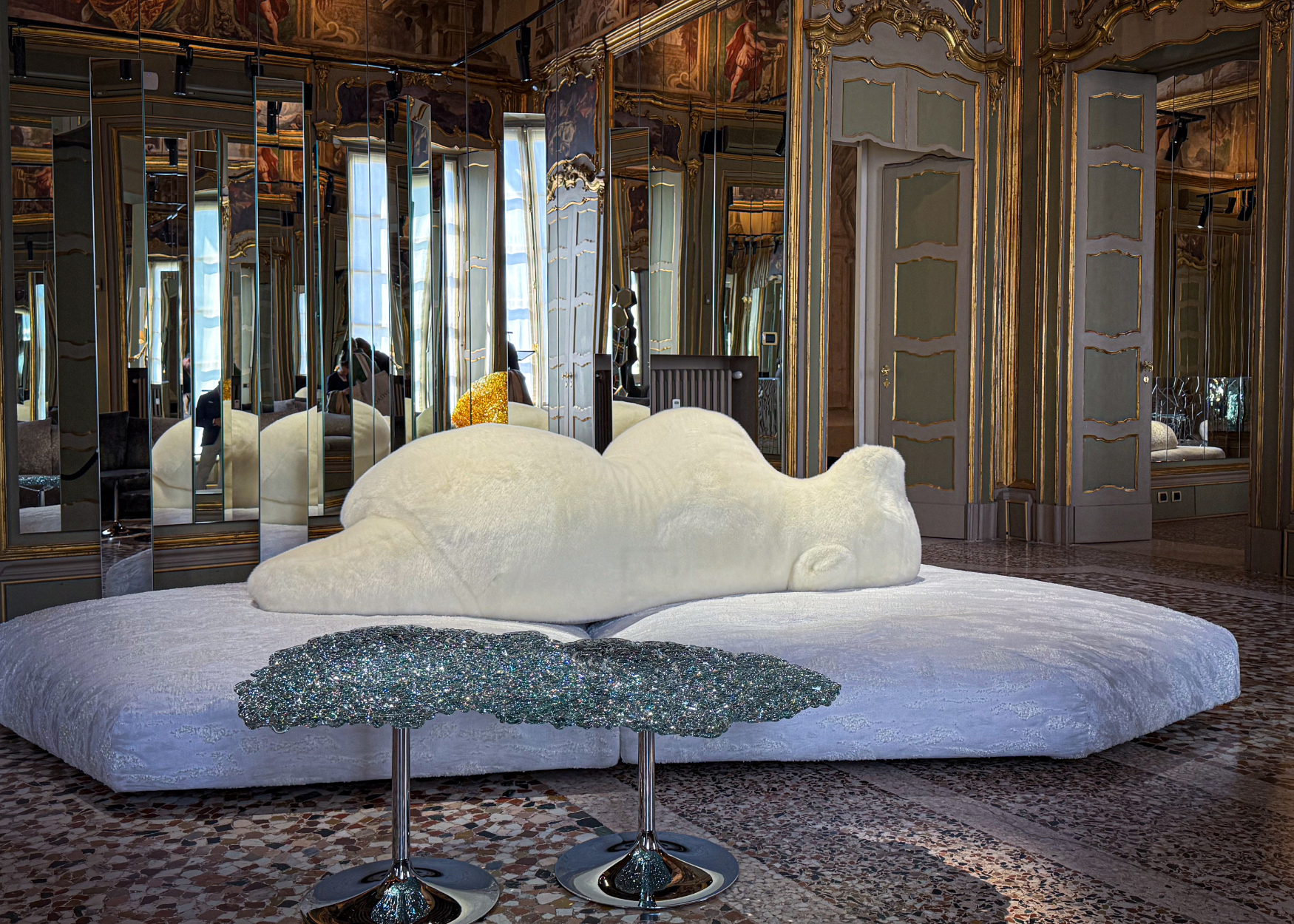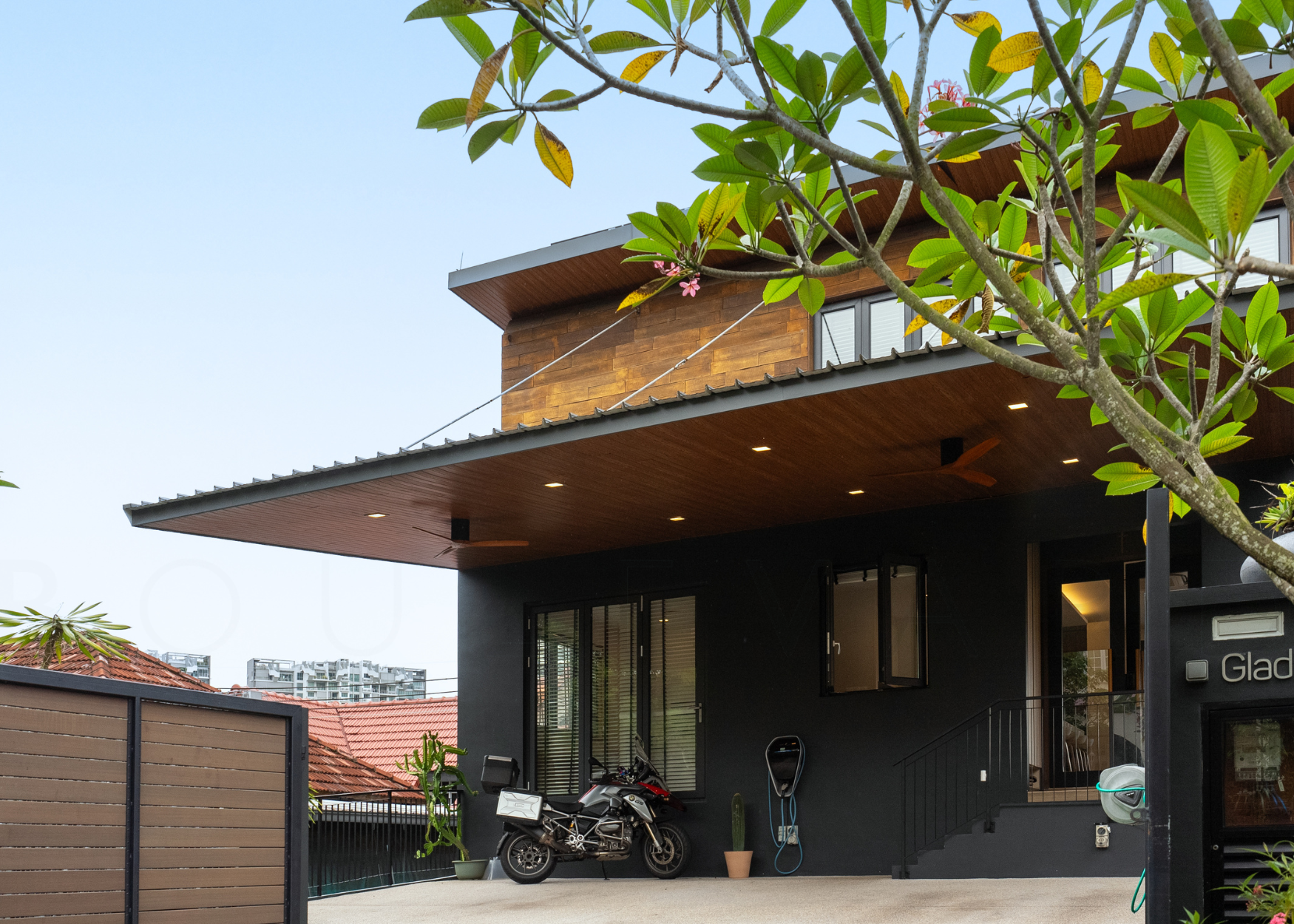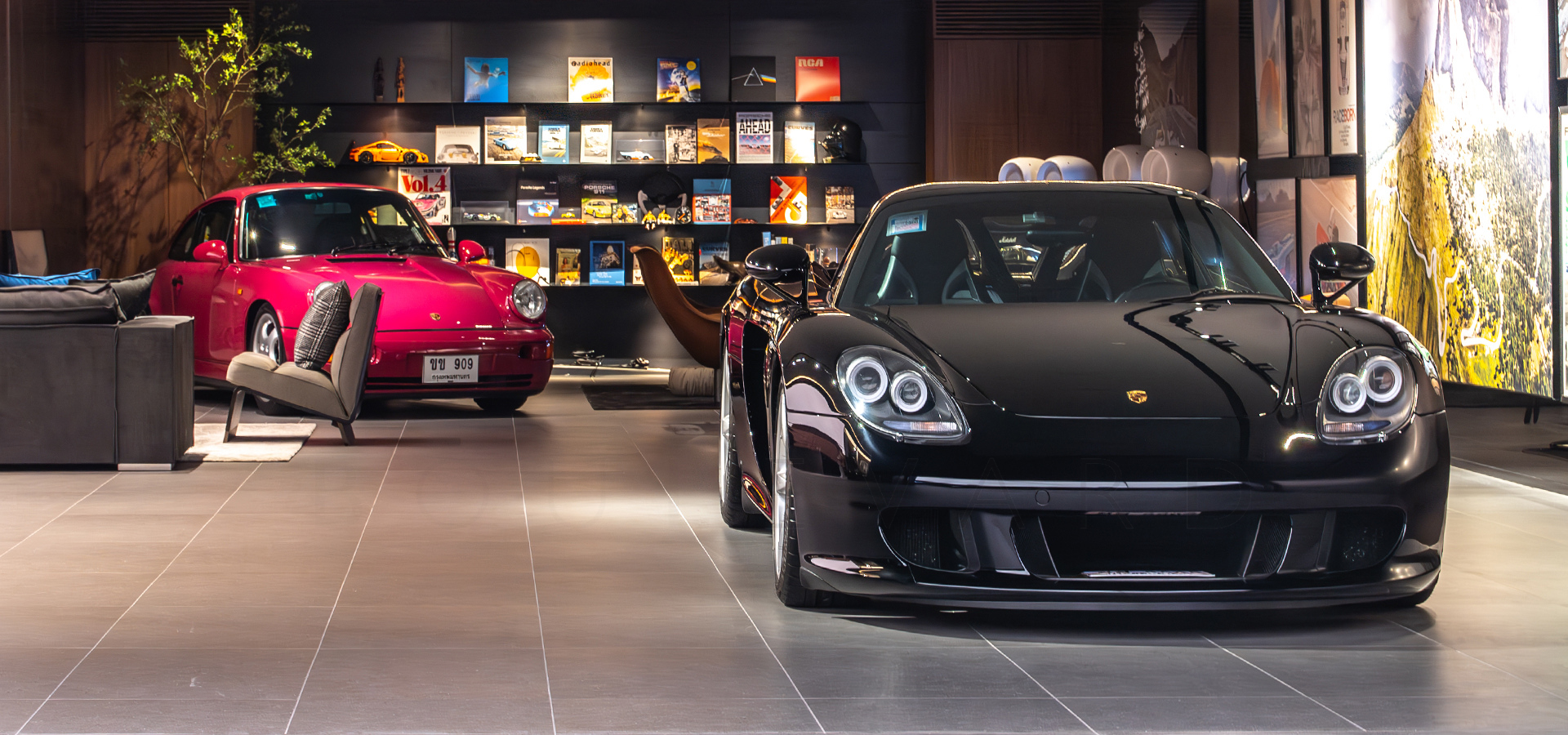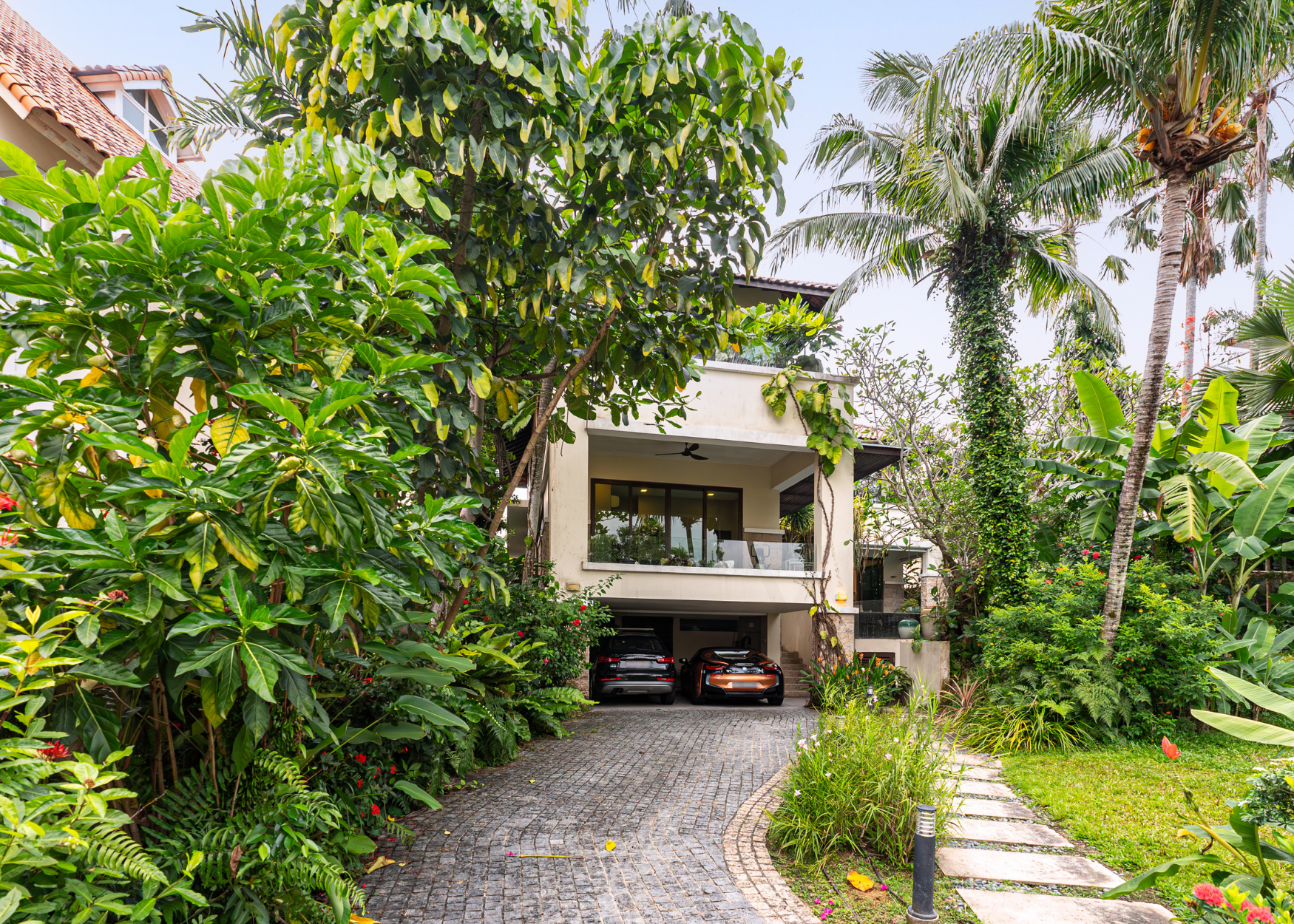The interview: Edra’s Monica Mazzei on choosing comfort and character over design clichés
by Hamish McDougall
Photography by Jin Cheng Wong
Why Edra’s vice president, and family owner, Monica Mazzei shuns design and luxury in preference for eternal comforts and ageless beauty.
Since 1987, Tuscan brand Edra has distinguished itself on the global stage through bold creative collaborations and a distinctive design philosophy. Working closely with renowned designers like Francesco Binfaré and the Campana Brothers, the brand has produced some of the most recognisable pieces in contemporary furniture. Today, its collections are found in prestigious homes, galleries and design institutions around the world, offering not just comfort, but a lasting sense of character and meaning.
Edra’s vice president, Monica Mazzei—daughter of the brand’s founder, Valerio Mazzei—has been an integral part of the company’s evolution since its inception. Growing up alongside the business, she developed a deep appreciation for craftsmanship and design from an early age, eventually stepping into a leadership role where she continues to shape Edra’s global identity. Mazzei champions the use of hand-made materials, values research over trends and treats every object as part of a larger, evolving collection. There are no market-specific products, no designs tailored to demographics. Instead, there is a clear and consistent identity, shaped by care, time, and a deep understanding of how people live with objects.

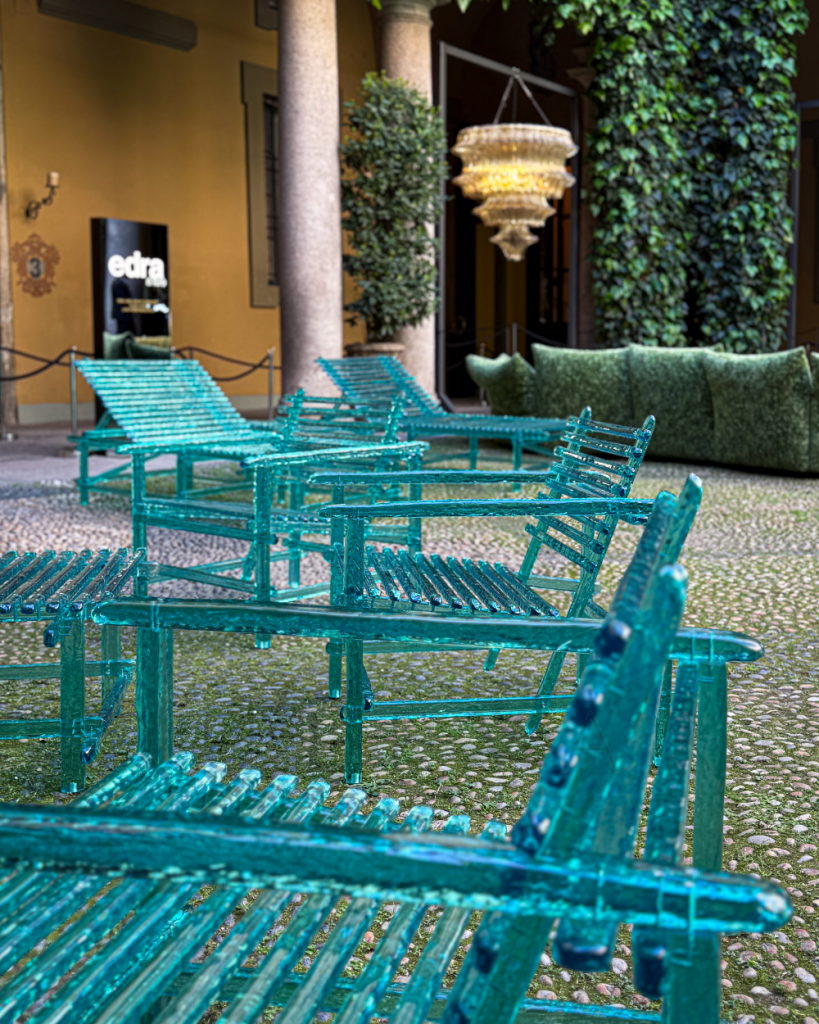
Left: Monica Mazzei, Edra’s vice president and daughter of founder Valerio Mazzei. Right: ‘A’mare Sedia’ outdoor chairs by Jacopo Foggini. Top: ‘Pack’ sofa by Francesco Binfaré.
In this conversation with Boulevard, Mazzei speaks candidly about what defines the brand’s DNA, why she’s wary of the word “luxury” and how Edra continues to push material innovation without losing sight of its purpose.
Boulevard: What distinguishes Edra and its brand DNA?
Monica Mazzei: Edra is a Tuscan brand that draws on the cultures of the territory and the founding principles of the company, which include doing things well with intention, craftsmanship and passion. This is what has always distinguished us. We’re carrying forward what began in 1987—our commitment to materials and our dedication to a company vision rooted in research, innovation and a deep respect for the time and longevity embodied in every object we create.
Blvd: In terms of the brand and your vision of luxury, it seems like a mix of structure and poise, but also deeply comfortable and playful, like the bear in the ‘Pack’ sofa. What’s the vision of luxury in these spaces?
“We’re carrying forward what began in 1987—our commitment to materials and our dedication to a company vision rooted in research, innovation and a deep respect for the time and longevity embodied in every object we create.”
Mazzei: If we can say that luxury means well-being and comfort in what we do, then yes, that is what truly defines our brand.
What we truly want to show from the bear in the ‘Pack’ sofa is contrast to the idea of playfulness—it’s more about the philosophy it represents; a concept linked to modern society. The bear is on a sheet of ice, floating away from its group, symbolising loneliness and climate change. So while it may seem playful, there is actually a deeper story—a philosophy, a sense of poetry.
This year, with the new collection inspired by nature—just as last year’s collection was inspired by minerals—we’re continuing along a path. We started with minerals, and this year we present a collection inspired by the natural world, by what surrounds us. There’s also a desire to transform something hard, like stones, minerals, and gems, into soft materials like flowers. So we’re constantly researching how to create fabrics that resemble gems and stones, elements of nature, while preserving the softness and technical characteristics of our products.
“We’re constantly researching how to create fabrics that resemble gems and stones, elements of nature, while preserving the softness and technical characteristics of our products.”
Blvd: How do you approach your market? Do you design for a certain lifestyle, individual? And how do you see different geographies, like Asia, Australia and the Middle East, use your pieces?
Mazzei: So, Edra was born with a specific idea—to represent this idea of comfort through timeless objects.
I believe that beauty, quality, and good design can speak to everyone, no matter where they’re from. Certain products just have a level of excellence that people recognise everywhere. I don’t think it makes sense to design something specifically for Asia, or any one market. We’re a company that produces in Italy, with Italian roots, and every piece we make has a strong, recognisable identity. That’s what defines our collection.
So this is completely antagonistic to the idea of making furniture for the Asian market and another form of furniture for the American market. Our clients don’t have different characteristics, whether they buy in Korea, Australia, Japan, New York, Germany, England or in Italy, because we have given a quite precise identity to each product and therefore that product is born with a certain upholstery, a certain colour. Then, clearly, there are differences in taste. Some may like to have a golden chair today and maybe want to change a wood or an upholstery tomorrow. However, there are no demands that belong to an ethnicity, and there are no product concepts that go in one direction. They go toward building an Edra collection.
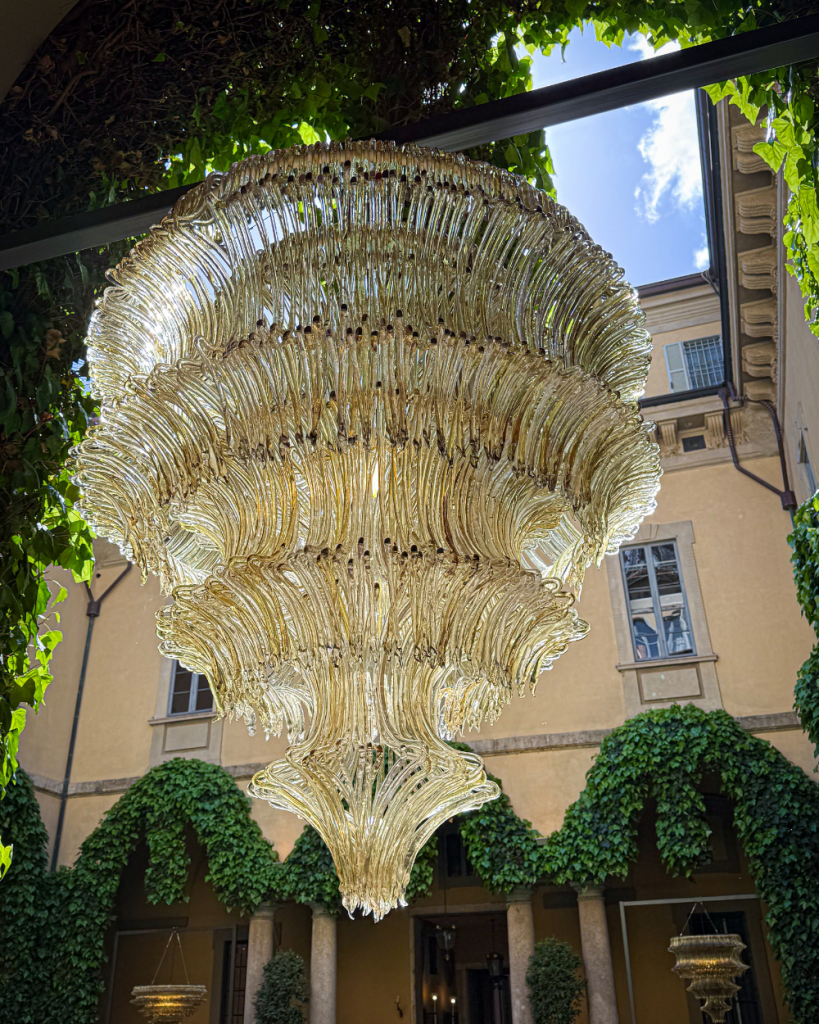
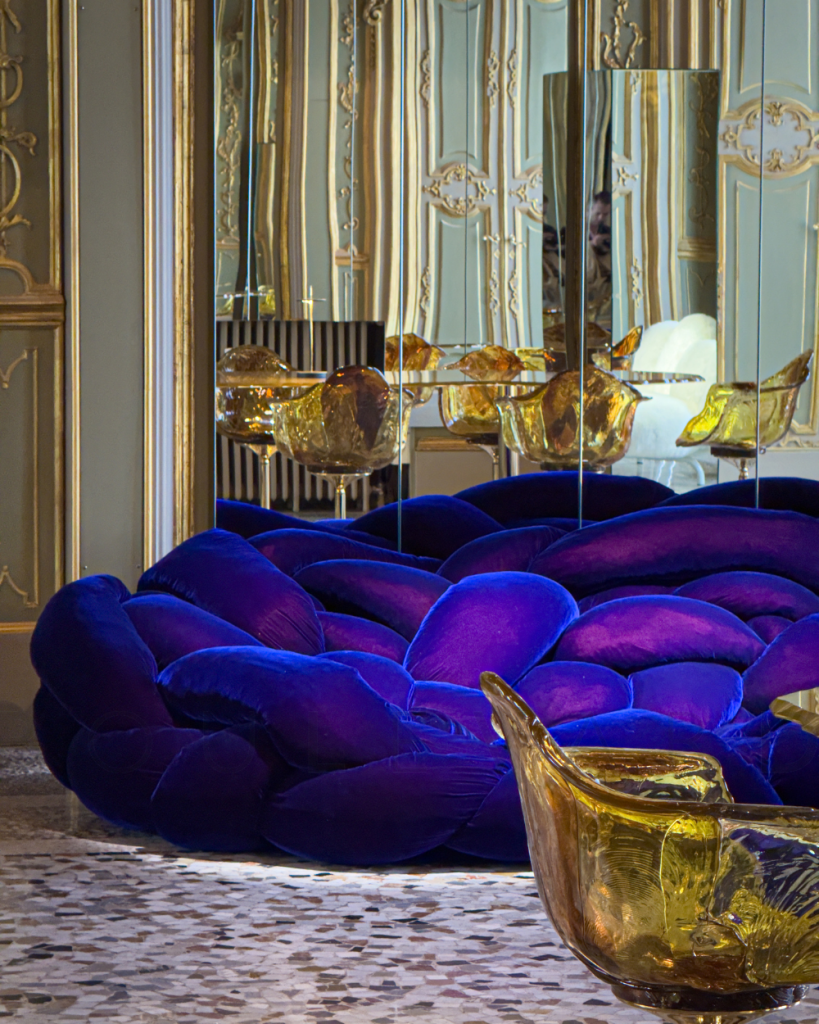
Left: ‘Edo’ chandelier, by Jacopo Foggini. Right: ‘Boa’ sofa, by Fernando and Humberto Campana.
Blvd: What would you say is the mood or the emotion of Edra’s latest outdoor collection?
Mazzei: I hope the value of the model is clearly perceived—the timelessness of the design and its ability to renew itself through a search for original quality. In this case, it was inspired by the natural beauty of stones. But what matters to us is that the identity remains strong and always feels current. This is what we aim for. Fashion is one story, furniture is another: constantly chasing novelty isn’t good for our world.
So, we strive to rediscover and recognise quality, and I hope our clients see this too—that there is serious work behind the search for it. There is no attempt to cut corners—we do things the right way, not the cheapest way, always striving for the best result.
“Fashion is one story, furniture is another: constantly chasing novelty is not good for our world. Edra was born with a specific idea—to represent precisely this idea of comfort through timeless objects.”
And I would like the mood to help people understand that the home and the objects that surround us and stays with us for a long time should make us feel good. We should rediscover the beauty in them, the pleasure of looking at them, of sitting down, without always wanting to buy something new. We appreciate quality—the kind of beauty that lasts.
Blvd: What are you still learning in design?
Mazzei: There is always something to learn—everywhere, from everything. If you stop learning, you stop living. I learn from the beauty around us, from art, from nature—and from emotion.
I think we are part of the world of furniture. Design has a very specific meaning, right? It should be about innovation and improving people’s lives. But many so-called design objects are uncomfortable or not truly new—just clean, stylish and well-made, so they’re labelled as design. Design objects, design hotels—these are often places where you feel terrible, where you can’t figure out how to turn on the tap or use the key. Design should improve life, not make it so minimal or pure that it becomes uncomfortable. That’s why I don’t like to use the term design—over the years, it has taken a different direction.
“Design objects, design hotels—these are often places where you feel terrible, where you can’t figure out how to turn on the tap or use the key. Design should improve life, not make it so minimal or pure that it becomes uncomfortable.”
If you talk about design in the 1960s, 1970s, 1980s—when there was real research, a desire to create new forms, new materials and products that still exist or are being reissued—then design makes sense to me. But if design means making the same thing over and over, where you can’t tell who made it, then that’s no longer design. And if it’s not useful or beautiful, then it’s even less worthy of being called design.
Edra is available at Space Furniture Singapore.
Read next:

